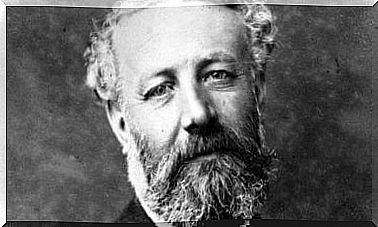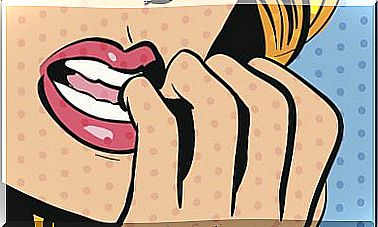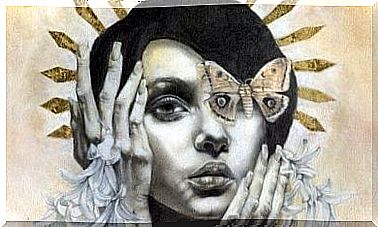Jean Martin Charcot, The Forerunner Of Psychoanalysis
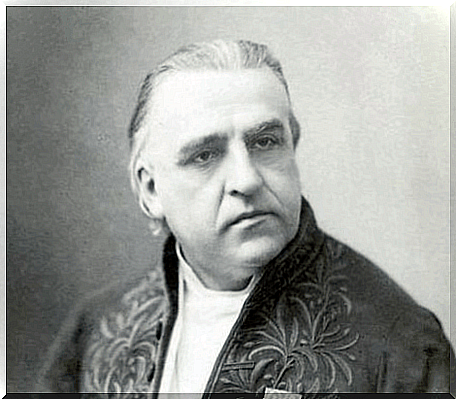
Great thinkers passed through this world who, through their work, left their marks. Jean Martin Charcot was one of them, as his ideas were very valuable, both for understanding which procedures work and which ones do not.
Charcot was born into a humble family in Paris (1985). Ever since he was little, he already demonstrated his passion for studies. In fact, thanks to the fact that he did better than his siblings in elementary school, his father decided to make an effort to keep him in school.
He became a neurologist and professor of anatomy. He stood out for his abilities in analysis and synthesis, making great contributions that made him, among other things, the forerunner of psychoanalysis. Next, we will show how Charcot developed his work.
Jean Martin Charcot and Sigmund Freud
Charcot studied Medicine at the University of Paris and became interested in neurology. He worked for over 30 years at the Salpêtrière hospital. There, he devoted much of his time to research. In fact, thanks to his contributions, he is considered one of the fathers of modern neurology.
At Salpêtrière, he had the opportunity to see and study several patients and explore them after death in the autopsy room. This allowed him to identify associations between his symptoms and the anomalous physiological findings he encountered.
It was during this time at the Salpêtrière that Jean Martin Charcot and Sigmund Freud met. At that time, Salpêtrière welcomed a large number of “psychiatric patients”. Charcot studied them, and Freud learned from him.
This is how Charcot influenced Freud. The latter was impressed by how systematically Charcot had to work. On the other hand, the influence of Charcot on Freud in relation to the study of hysteria is well known . However, this aspect, or part of it, would not be the only one on which Freud would be influenced. For example, at first, he also assimilated the way Charcot had to diagnose as his own.
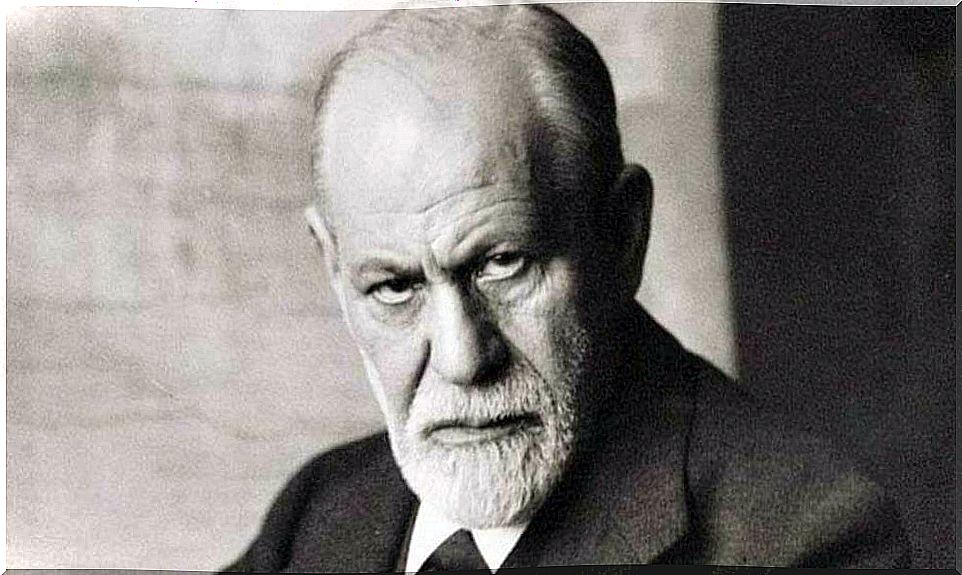
Jean Martin Charcot and his studies on hysteria and hypnosis
Of all the patients who were at the Salpêtrière, most had hysterical symptoms. Charcot tried to develop another point of view about this condition. In fact, he was the first person to say that it was not a problem of the uterus, but a neurological disorder.
Furthermore, he suggested that the origins of hysteria could be related to past experiences. That’s how he worked with a new hypothesis for the symptoms of this condition, such as paralysis, hypersensitivity, analgesia, unexplained pain, etc.
So it went against the popular beliefs of many doctors at the time. Furthermore, he also defended male hysteria, especially in professions such as railway engineers and the military. It didn’t take Charcot long to realize that the hysterical symptoms were similar to those of hypnosis. He began to point out that the symptoms of hysteria disappeared after hypnosis sessions. He came to this conclusion after noting that they both had similar symptoms, such as analgesia and paralysis.
However, towards the end of his life, he recognized that his theory of suggestion through hypnosis was wrong. Even so, his contributions were essential to neurology and psychoanalysis. Indeed, Charcot turned neurology into a clinical specialty and made Salpêtrière one of the most prestigious places in this field.
Charcot’s Contributions to Psychoanalysis
Charcot contributed a lot to neurology. One example is his great discovery of amyotrophic lateral sclerosis. But that wasn’t his only legacy. Furthermore, he was one of the forerunners of psychoanalysis because:
- He conceived of hysteria in another way. Thanks to the new vision that the analysis of hysteria provided, Freud was able to continue studying it, which is a pillar for the development of psychoanalysis.
- He worked with the hypothesis that the origins of the disease could be related to past experiences. A fundamental concept in psychoanalysis that became the subject of much of Freud’s work was that of trauma, which Charcot was already showing as the cause of some nervous conditions.
- Approached mental disorders. His researches were essential for the development of psychopathology and, therefore, of different branches that were dedicated to the study of these conditions, such as psychoanalysis.
- His teachings to his disciple. Freud learned from his great master Charcot, especially his way of researching, analyzing and developing a diagnosis. These were the fundamental factors for the consolidation of psychoanalysis, although later Freud added certain nuances to them.
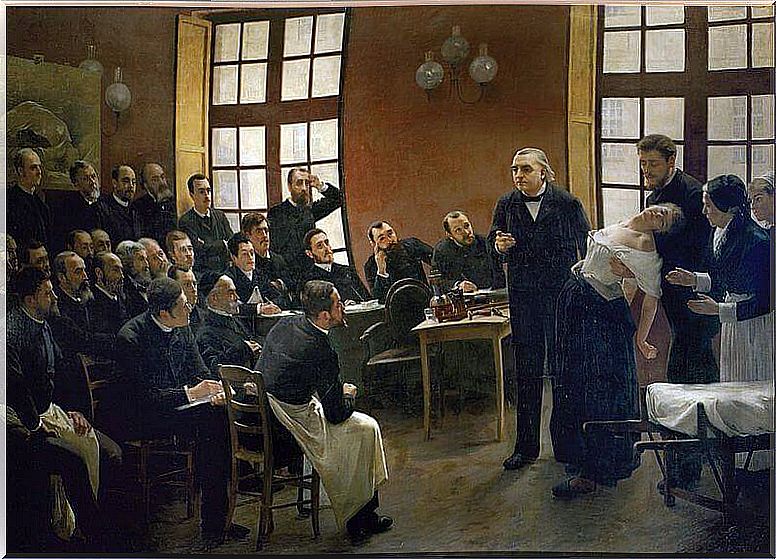
Although Freud learned great lessons from Charcot, he transformed his legacy and bet on a new path for understanding mental disorders. It even constituted its own nosological system.
So we can say that Charcot was the forerunner of psychoanalysis because he inspired ideas that Freud later developed to give them a more refined form. In this way, Charcot was a great influence in the creation of psychoanalysis, although history does not consider him its father.




